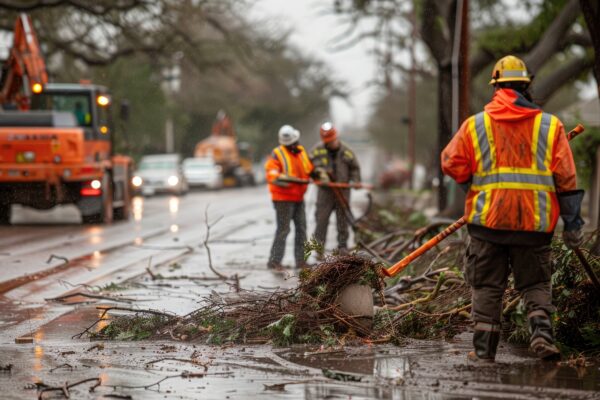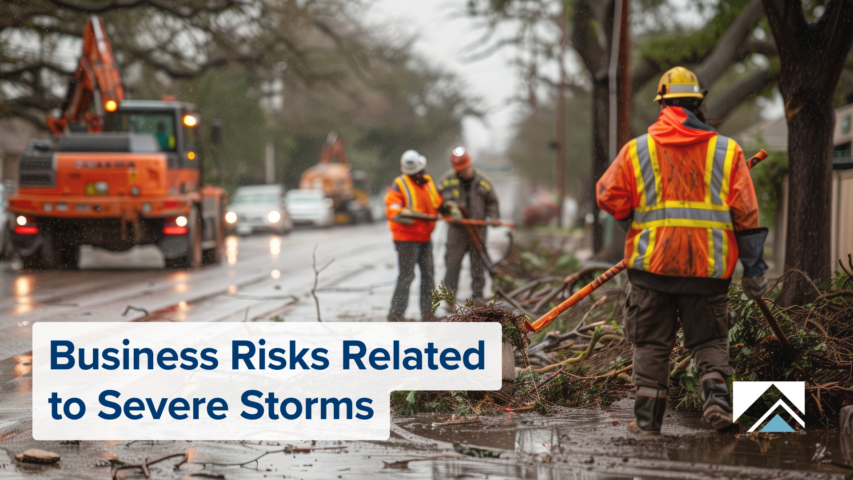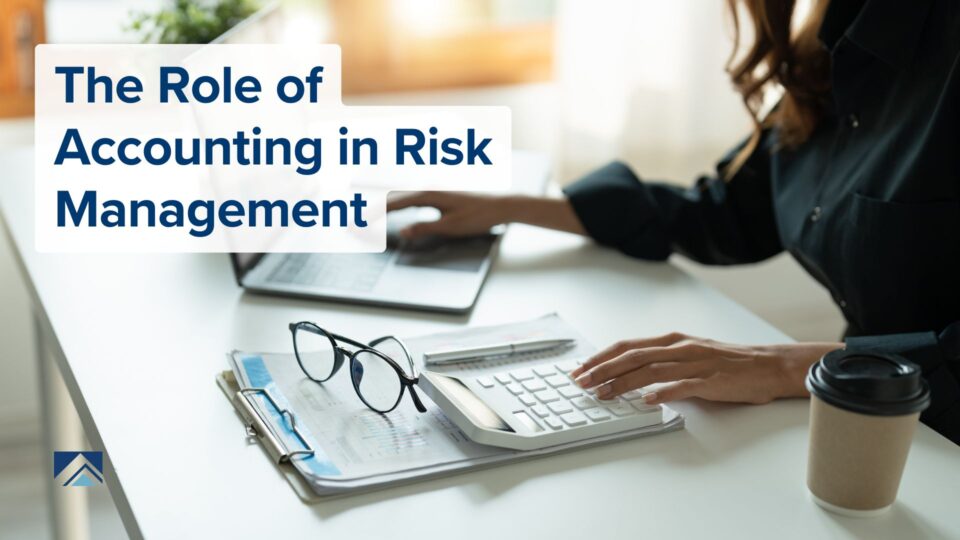Severe storms can result in injuries, infrastructure damage, billions of dollars in losses for businesses and their commercial properties. These storms are often accompanied by hail, flooding, strong winds, lightning and abrupt temperature shifts.
To reduce potential losses, companies should understand the risks related to severe storms and take appropriate action.

Three Impacts of Severe Storms
1. Employee or third-party injuries
Severe storms can pose a threat to employees’ and others’ safety. Depending on the unique nature of such events, these storms can create conditions that lead to severe injuries or death.
2. Property damage
Businesses may experience a range of property damage due to hail, rain, strong winds, lightning, or other aspects of severe storms. These events can damage or destroy many types of commercial property, including buildings, fixtures, furniture, inventory, equipment, vehicles, and other structures.
3. Business interruptions and extra expenses
Property damage caused by severe storms can lead to temporary closures or business interruptions that result in lost income. These events can also lead to businesses incurring additional expenses, such as the costs associated with moving to temporary locations while their properties are being repaired.
Proactive Actions Against Severe Storms
1. Assess the risks
Businesses should take note of regional weather patterns and consider how these conditions could threaten employee safety and business property.
2. Protect property
Prior to the arrival of severe storms, businesses can prepare their properties to better withstand the damage. Some examples include installing storm shutters to prevent window breakage and covering outside items with tarps to secure them. It’s also a good idea to keep emergency supplies and first-aid kits on hand in case employees or clients need to seek shelter on-site.
3. Communicate
Businesses should have procedures in place that keep lines of communication intact with employees and clients following severe storms. Proper communication may require the use of tools that do not utilize cell phone towers since power outages might occur.
4. Monitor weather forecasts
Knowing what weather is on the way can help businesses make adequate preparations and provide company leaders with information to make safety decisions.
5. Learn from previous experiences
It is crucial for businesses to review previous severe storms to help identify aspects of operations that are at risk and strengthen risk management efforts.
Severe storms are a growing threat to businesses. By taking proactive steps and having effective policies and procedures in place, businesses can mitigate their exposures and help keep their employees and clients safe.




